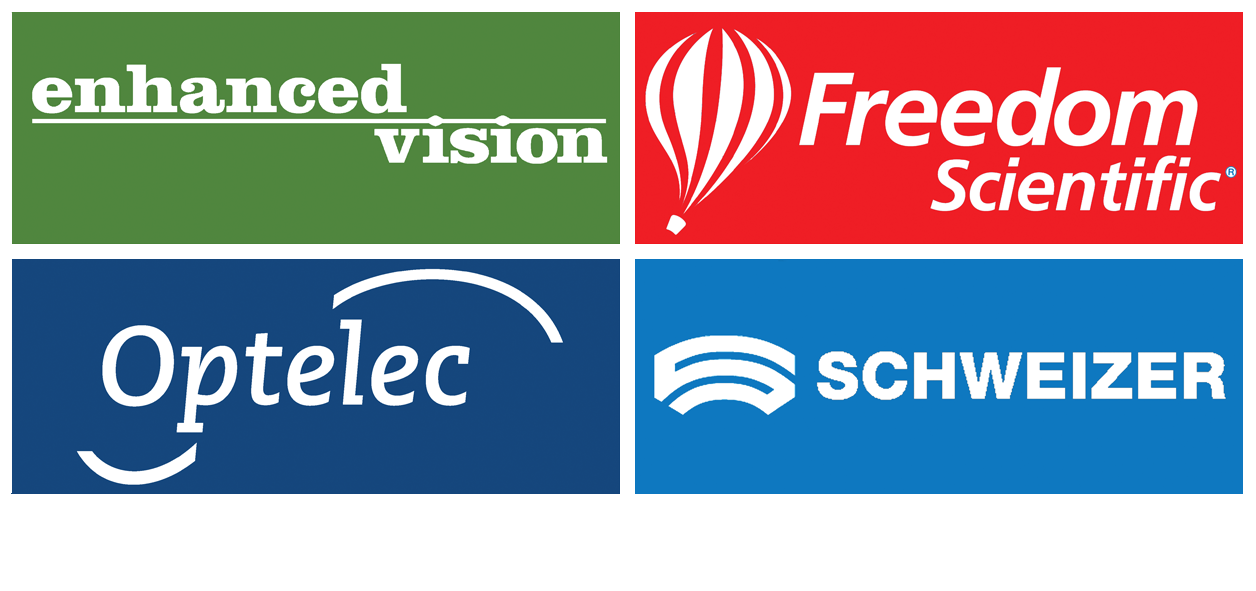Making life a little easier during lockdown for blind and partially sighted people
It is fair to say that life over the last year or so, for many of us, has been radically different from what we are used to. Covid-19 induced lockdowns are understandable from the perspective of public health; however, it is becoming more clear that they are far less healthy for our mental health and life in general.
For someone who is blind or partially sighted, certain aspects of life can be challenging and, in many cases, lockdown is compounding this. Assistive technology was invented with the sole purpose of assisting and making many tasks in life more manageable. In our latest blog, we explore some of the best assistive technology for blind and visually impaired people out there to make life a little easier during the lockdown.
Around the house
One of our favourite pieces of assistive kit designed for people with sight loss is the liquid level indicator. If there is one thing we British people need to get us through a hard time, it is tea. Many, many cups of tea.
The liquid level indicator is designed to attach on to the side of most liquid containers such as cups, jugs, and mugs. As the container fills up, the liquid level indicator will make an audible alert to indicate when the liquid has almost reached the precipice. As a result, this handy little device will help prevent scalding and spillage. The indicator is height adjustable, so you can find just the right level for your indicator to sound the alert.
What is the perfect accompaniment to a cup of tea? Aside from a biscuit, of course. Well, from where we are sitting we would say our favourite magazine or newspaper, perhaps a crossword, or a good book. All of these activities are perfect lockdown distractions, and our next assistive device is designed for use in the home to undertake all these activities and more.
We are of course talking about CCTV desktop electronic magnifiers. The top of the range desktop magnifiers come with a text-to-speech feature (also called OCR) that can scan printed text and read it back to you. This is great if it’s a particularly long document or your eyes are tired.
Image shows the back of CCTV magnifier with an older gentleman reading a newspaper.
Otherwise, all of the desktop electronic magnifiers are designed to allow you to magnify anything on the surface just below the screen, whether it is a crossword, a handwritten card, a puzzle, or a stamp collection!
With a few simple buttons, you can alter the level of magnification, or even change the colours of what is being displayed on the screen. Some magnifiers, such as the Onyx OCR, even have a self-view mode that allows you to direct the camera at yourself. This can be useful for applying makeup, or a close shave!
Image shows someone looking at a stamp collection that is very large on a CCTV screen.
Out and about
Although we are told to stay home as much as possible during the lockdown, it is not forbidden to leave our abode – and it feels like at a time such as this, that we need to get out more than ever! With the Covid-19 being all around, we can understand that going out may be a worrying endeavour – however, there are a few tools to make your essential shop or a trip to the park all that easier.
For visually impaired people, a magnifier (preferably with OCR functionality) is usually the tool that will help the most, allowing items on the shelf to be magnified, or for help reading small text on the back of a product. Therefore, portable electronic magnifiers, such as the Compact 10 HD, are the most suitable.
Watch the video below to get an idea of how useful these portable electronic magnifiers can be in situations such as the shops and a café:
For people with little or no sight, a magnifier isn’t of much use – however, there are still advanced pieces of assistive tech that can be of great use out and about and work well in conjunction with a guide dog, or a smart cane.
The best of the best is the OrCam Pro. Although a pricey piece of kit, you can understand why when you get to grasps with its long list of features. As well as being able to read text on everything from books to signposts, it can also recognise the faces of people you have saved, and recognise barcodes of hundreds of thousands of products. When it comes to seamlessly and independently navigating the outside world, the Orcam Pro is unmatched.
Image shows someone looking at a book, wearing an OrCam Pro.





